Small backyards present unique challenges and opportunities, requiring thoughtful design to maximize every square foot. From integrating vertical space with living walls to creating multifunctional seating nooks, these 20 landscaping ideas draw on expert sources to help you transform compact outdoor areas into inviting retreats. Whether you’re aiming for lush greenery, low-maintenance hardscaping, or playful accents, these strategies blend form and function to make even the tiniest backyard feel expansive and purposeful.
1. Vertical Gardens
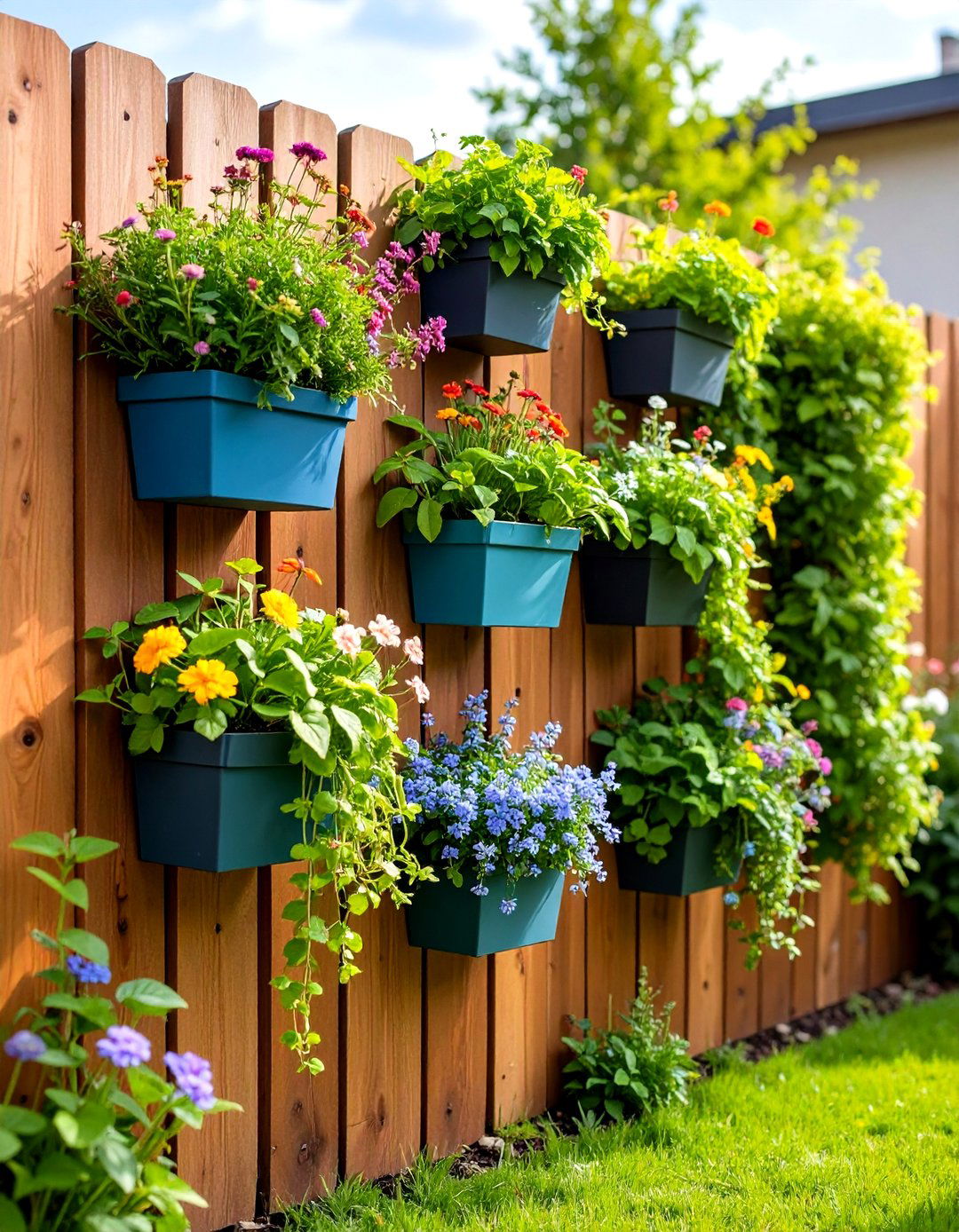
Harness vertical space by installing living walls or tiered planters, turning bare fences into vibrant focal points. Vertical gardens not only save ground area but also create lush backdrops that soften hardscapes and boost privacy. Using modular pockets or trellis-mounted pots allows easy maintenance and seasonal plant swaps, making vertical gardening both practical and visually striking.
2. Container Gardening

Container gardens let you curate color and texture without permanent planting beds. Arrange pots of varied heights and materials—ceramic, metal, or reclaimed wood—to craft dynamic displays on patios or decks. Mobility is a key advantage: you can rotate containers for optimum sunlight, refresh soil annually, and group them for cohesive themes, from herb collections to flowering annuals.
3. Raised Garden Beds
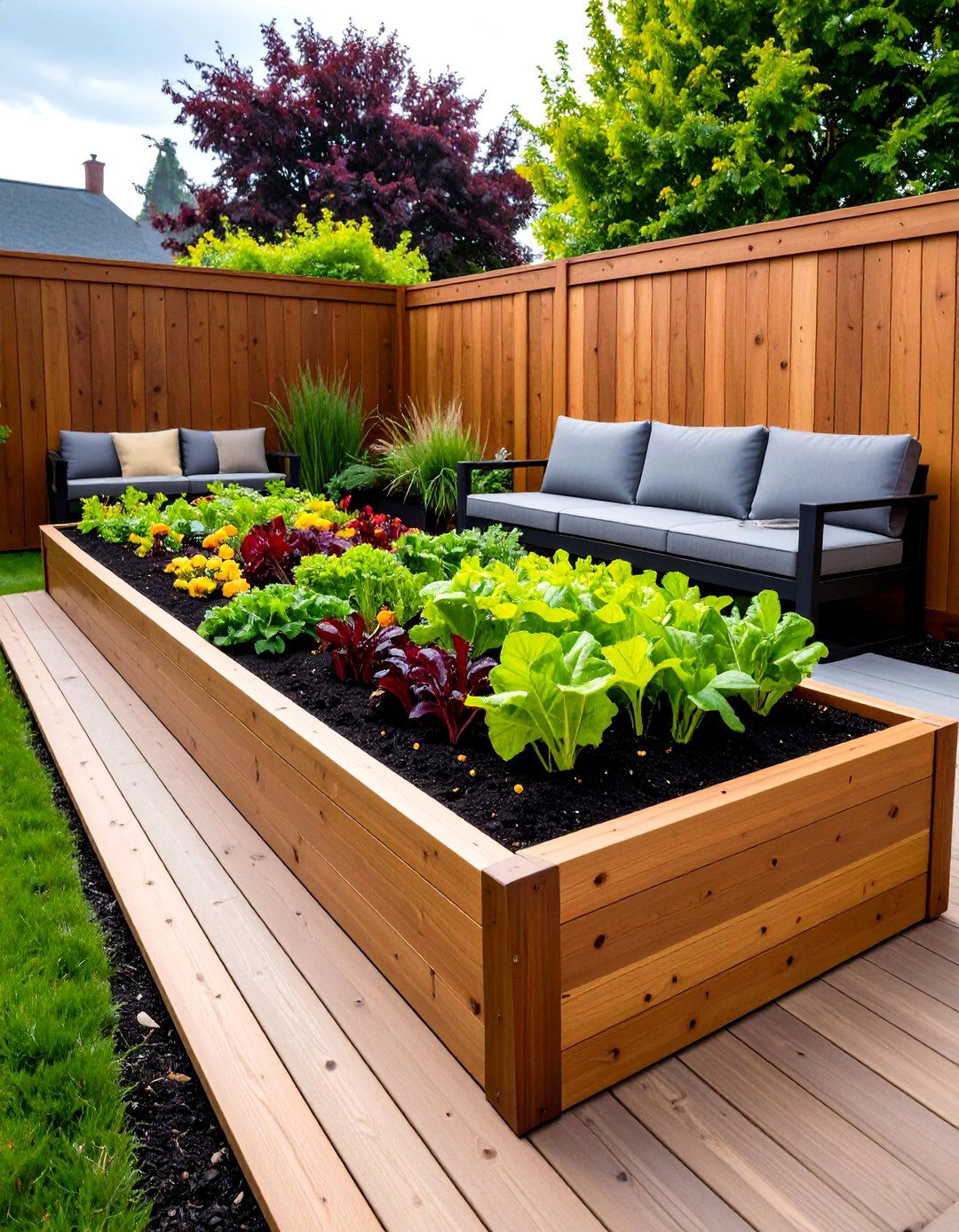
Elevated beds define planting zones while improving drainage and soil quality. Construct frames from rot-resistant cedar or composite materials to sidestep rot, then fill with customized soil blends ideal for vegetables, perennials, or small shrubs. Raised beds also double as informal seating when edged with wide, sturdy boards, merging functionality with planting in one streamlined feature.
4. Paver Pathways
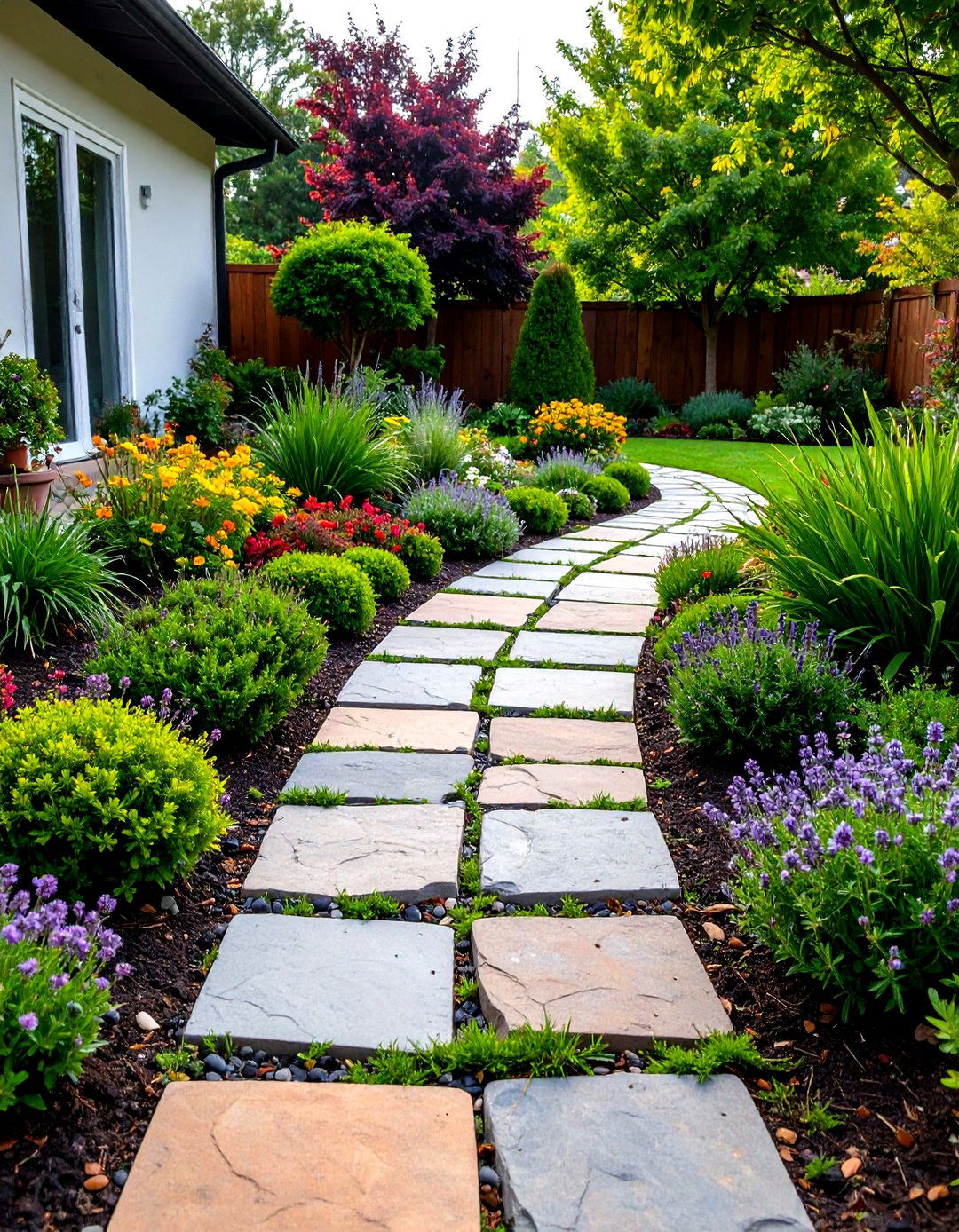
Stepping-stone paths or interlocking pavers guide foot traffic and visually elongate narrow yards. Opt for natural stone like bluestone or slate in neutral tones to harmonize with surrounding greenery. Install ground-cover plants like thyme or Irish moss between joints for a romantic, softened effect. Well-placed pathways connect outdoor “rooms,” ensuring smooth flow from seating to garden beds.
5. Multi-Level Terracing

When yards slope or feel boxy, terracing creates pockets at different heights for planting, seating, or entertaining. Retaining walls built of stone or timber carve the yard into manageable tiers, each with its own purpose. Incorporate built-in benches or raised planters on terraces to maximize usable area, turning elevation changes into design assets rather than obstacles.
6. Small Water Features

A compact fountain or bubbling urn adds soothing sound and movement without overwhelming limited space. Position water elements against a wall or in a corner to anchor a seating area, ensuring easy access to power and water. Surround with moisture-loving plants—ferns, hostas, or shade-loving annuals—for a micro-oasis that feels larger than its footprint.
7. Outdoor Lighting
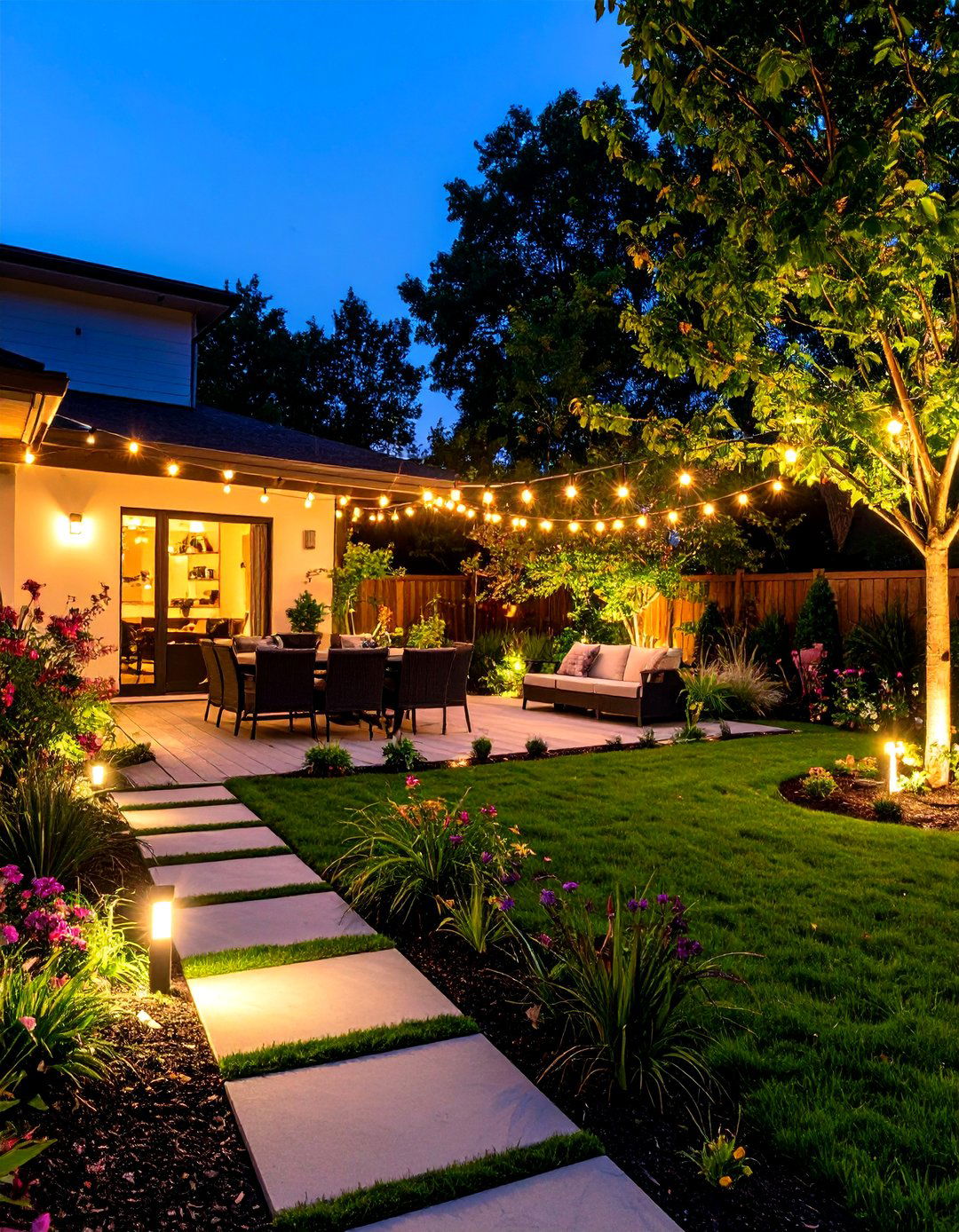
Strategic illumination extends backyard usability into evening hours and highlights key features. Use solar-powered stake lights along pathways, uplights for specimen trees, and string lights over seating areas for ambiance. Low-voltage LED fixtures offer energy efficiency and customizable brightness, enhancing safety and atmosphere without cluttering small yards with bulky fixtures.
8. Privacy Screens
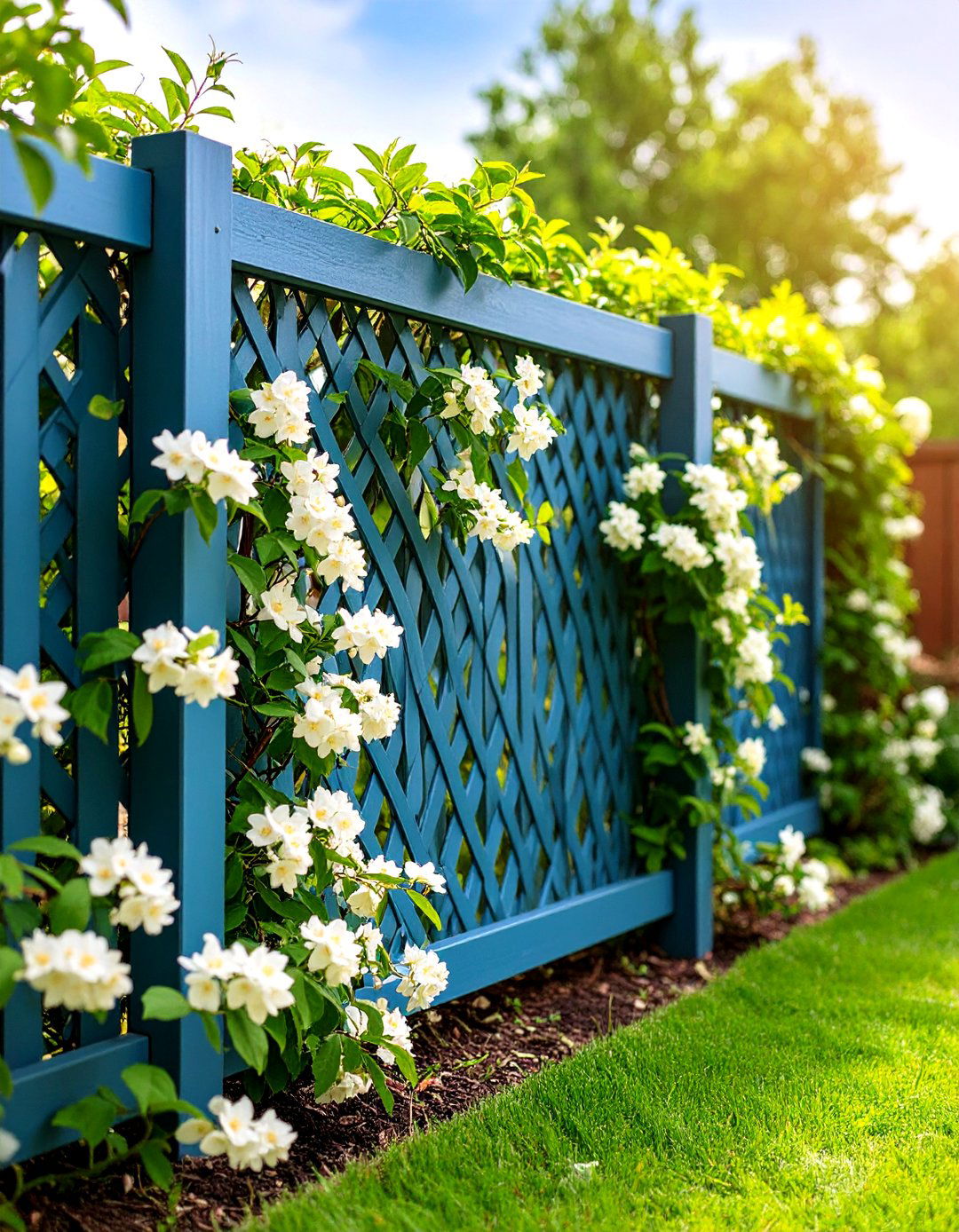
In tight neighborhoods, privacy is priceless. Install trellises or lattice panels and train climbing vines—jasmine, clematis, or ivy—for lush coverage. Alternatively, staggered rows of fast-growing shrubs like privet or bamboo create natural barriers. Mixing hardscape screens with living plants yields both immediate seclusion and long-term greenery.
9. Fire Pit Area

A petite fire pit fosters cozy gatherings without demanding large stages. Choose portable metal bowls or built-in gas burners for instant warmth. Circle the fire pit with compact seating—stools, built-in benches, or low-profile chairs—to maintain openness. Gravel or stone surrounds protect turf and define the fire zone, making cleanup and upkeep straightforward.
10. Seating Nooks
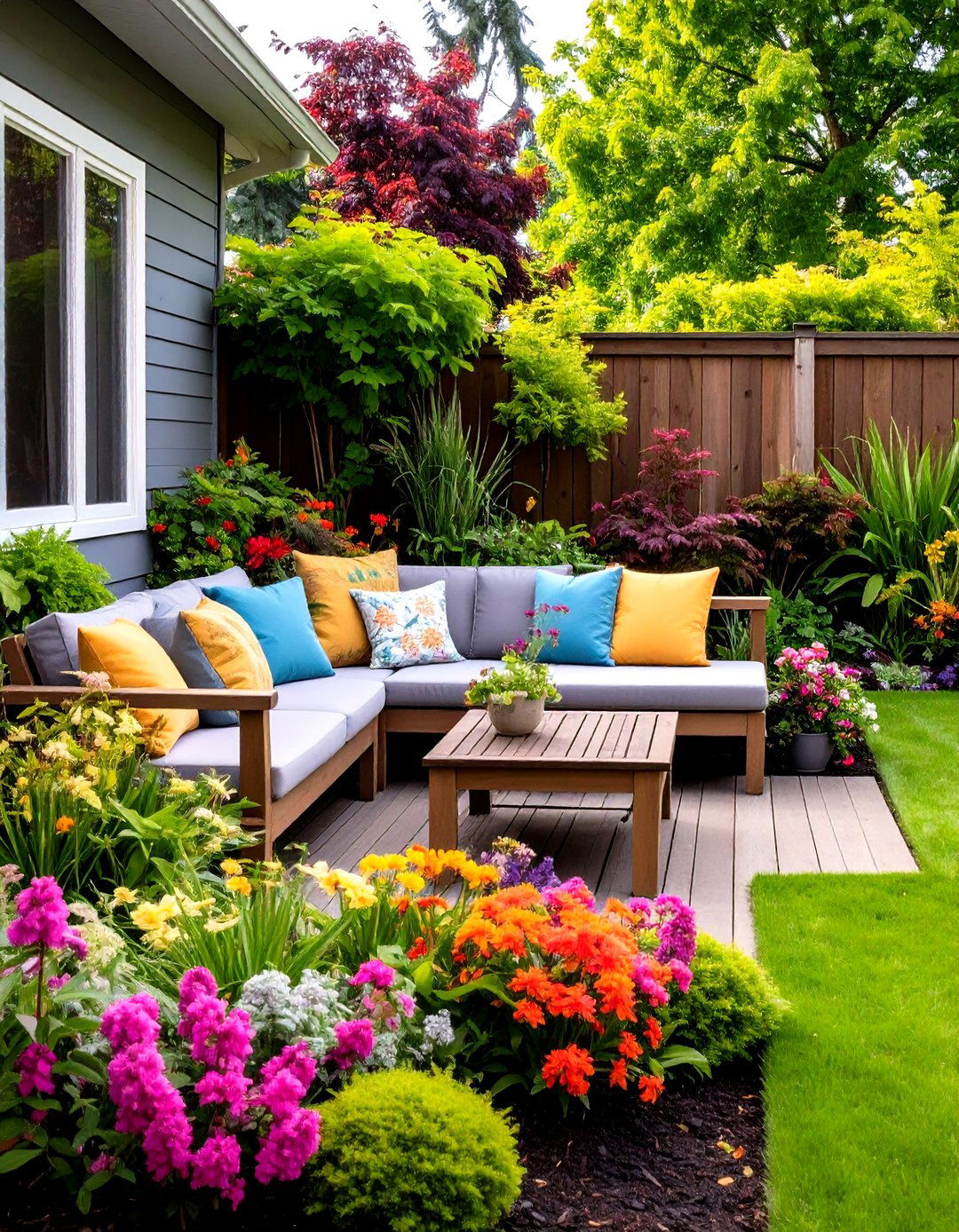
Create intimate corners with L-shaped benches, hammocks, or hanging chairs. Nestle seating into alcoves formed by walls or plantings to feel sheltered. Add outdoor cushions and throw pillows in weather-resistant fabrics for comfort. Incorporate small tables or built-in shelves to hold drinks and décor, turning every nook into a functional retreat.
11. Edible Gardens
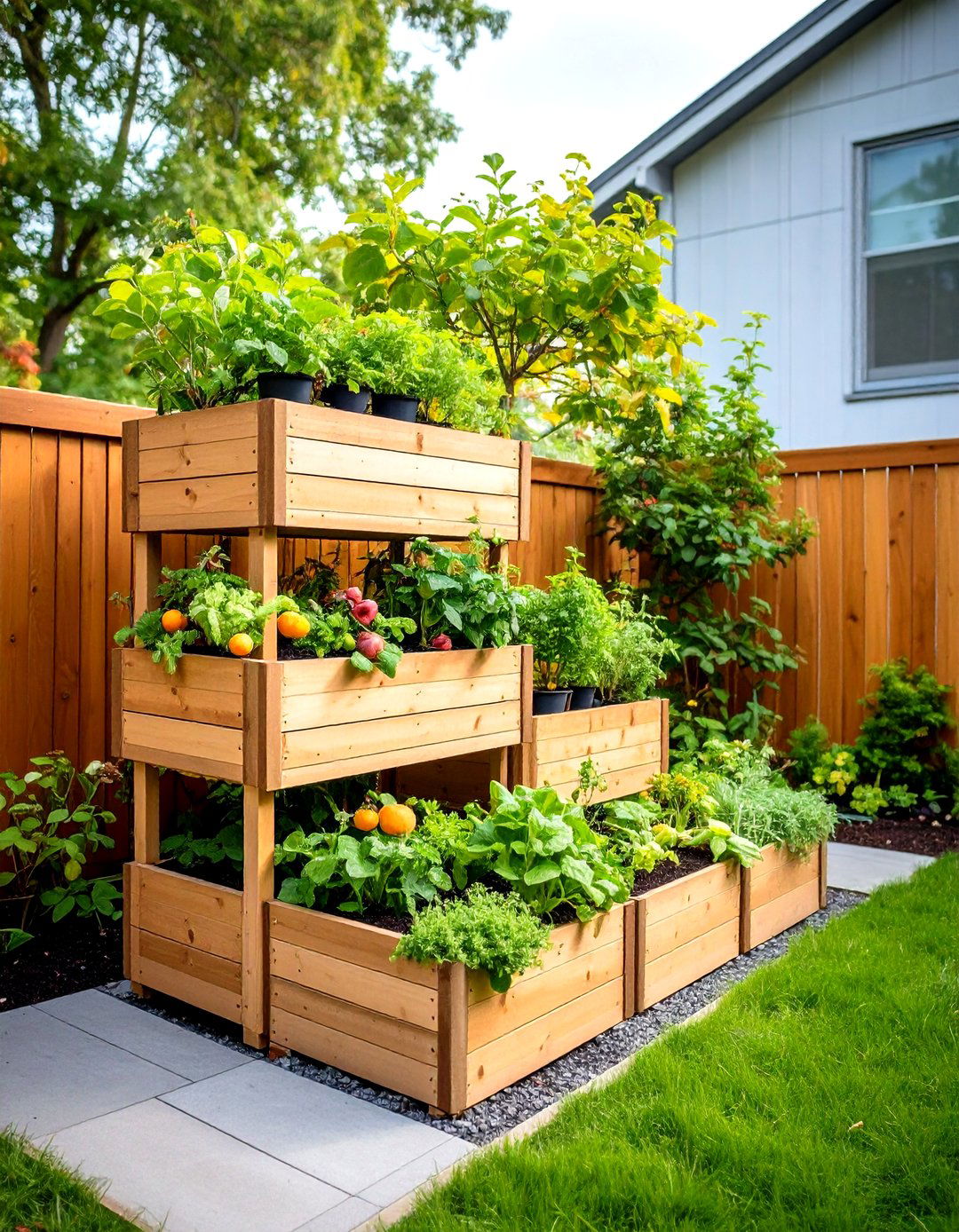
Integrate herbs, vegetables, or fruiting shrubs to combine beauty and bounty. Use stacked planters or tiered towers to grow leafy greens in confined footprints. Vertical herb gardens near the kitchen door ensure fresh seasonings at hand. For compact fruit, opt for dwarf varieties—strawberries in hanging baskets or raspberries in narrow beds—maximizing yield in minimal space.
12. Rock Gardens

A small rock garden blends sculptural stones with low-water succulents and alpine plants. Position boulders and gravel to mimic natural slopes, then intersperse drought-tolerant sedums and sempervivums. Rock gardens demand little upkeep and thrive in sun-baked corners, offering year-round interest through texture and form.
13. Xeriscaping
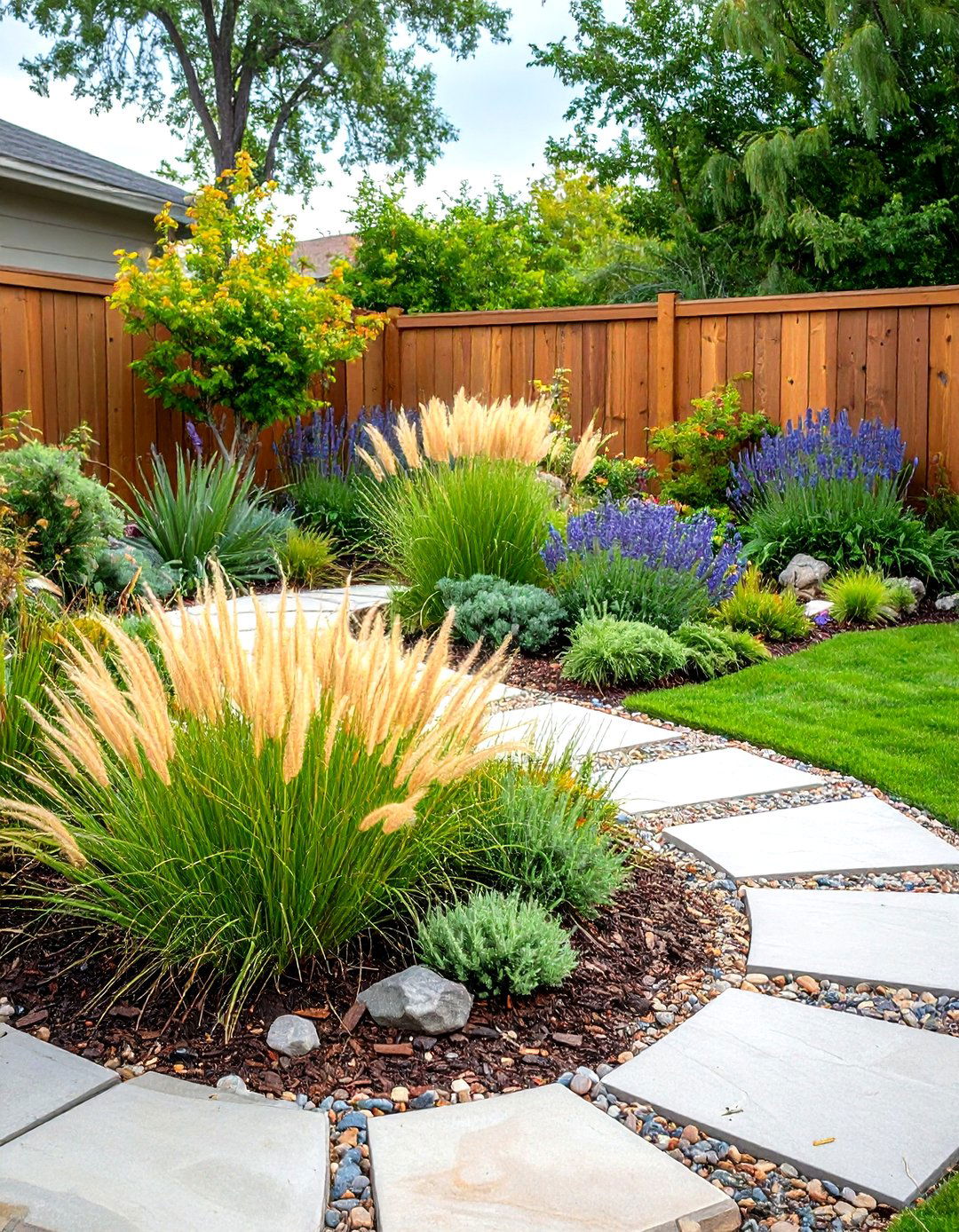
Water-wise xeriscaping swaps thirsty lawns for drought-resistant species—lavender, yucca, and ornamental grasses. Incorporate mulch and permeable pavers to reduce evaporation and runoff. Designate “water zones” with drip irrigation for container clusters, focusing moisture where it’s needed most. This approach trims maintenance and supports sustainable gardening in limited spaces.
14. No-Grass Landscaping
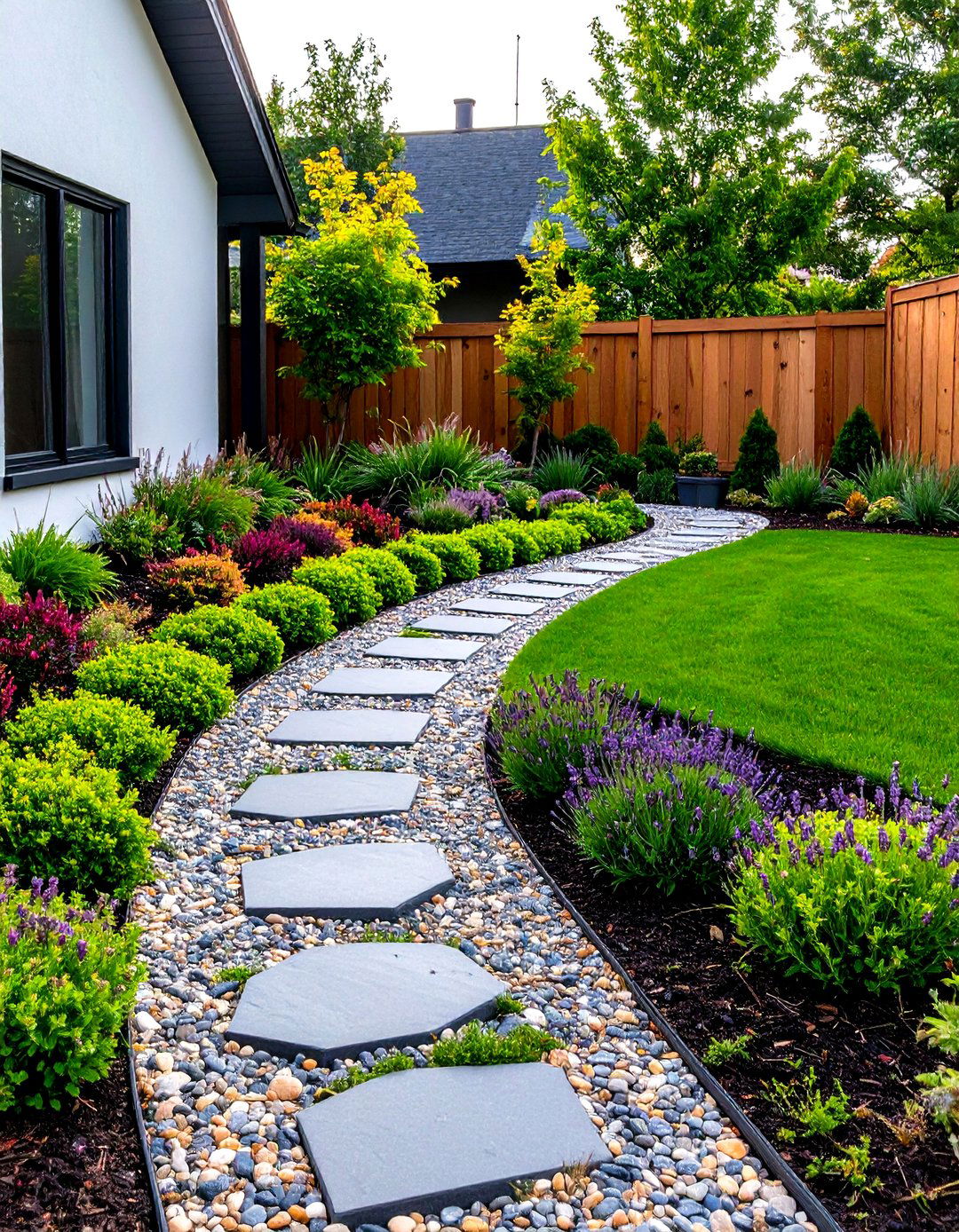
Replace turf with low-maintenance ground covers—clover, creeping thyme, or moss—for green texture underfoot. Combine decomposed granite or pea gravel for pathways and play areas, reducing mowing chores. Insert stepping stones to guide movement and break up expanses, creating a seamless fusion of soft and hardscapes.
15. Pergolas and Arbors
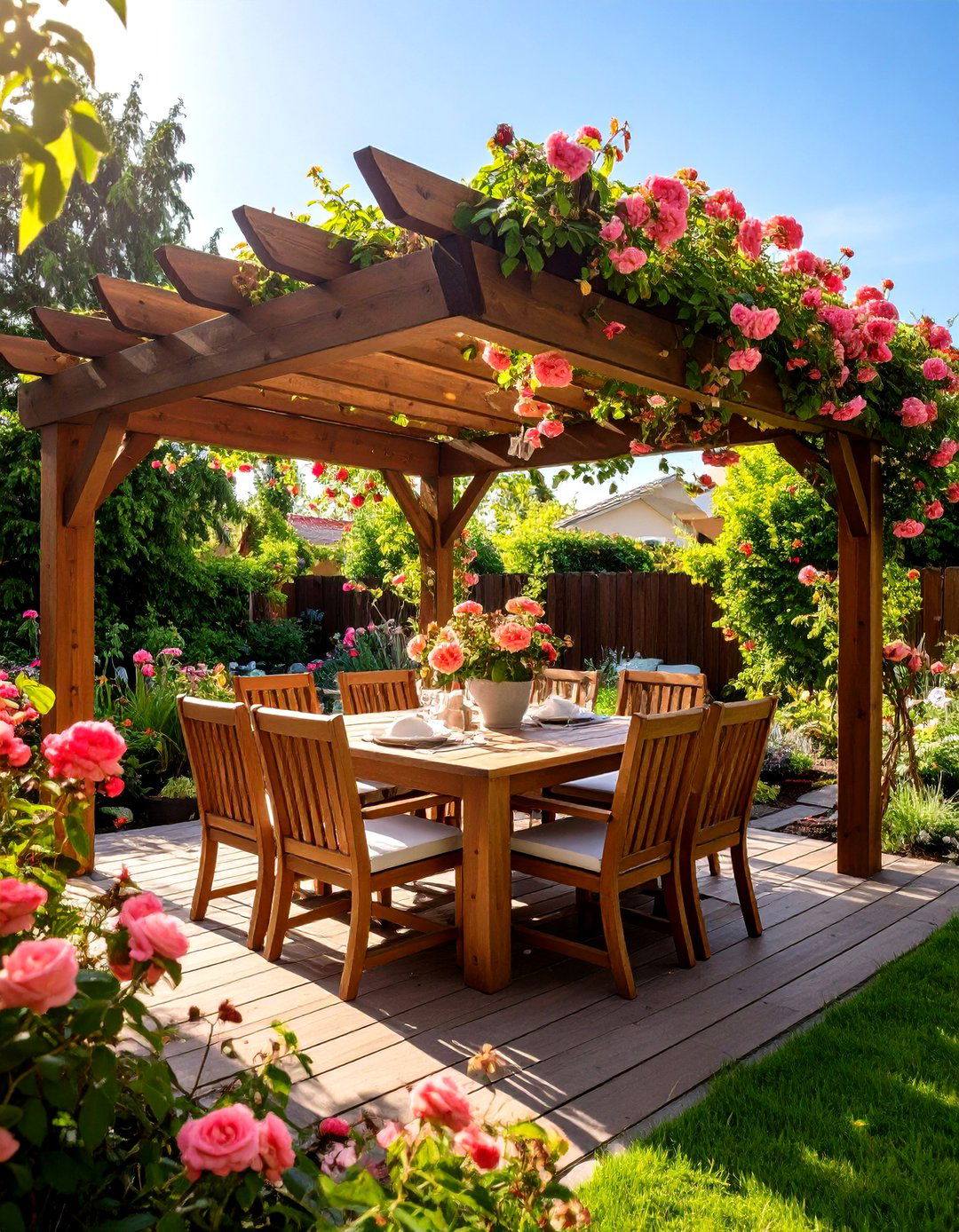
Overhead structures like pergolas add height and shade, framing views of the sky. Use slender steel or wood beams to define outdoor “rooms” without overpowering. Compatible with climbing roses or wisteria, these features blend hardscaping with living plantings, providing dappled shade and seasonal blossoms.
16. Hanging Planters
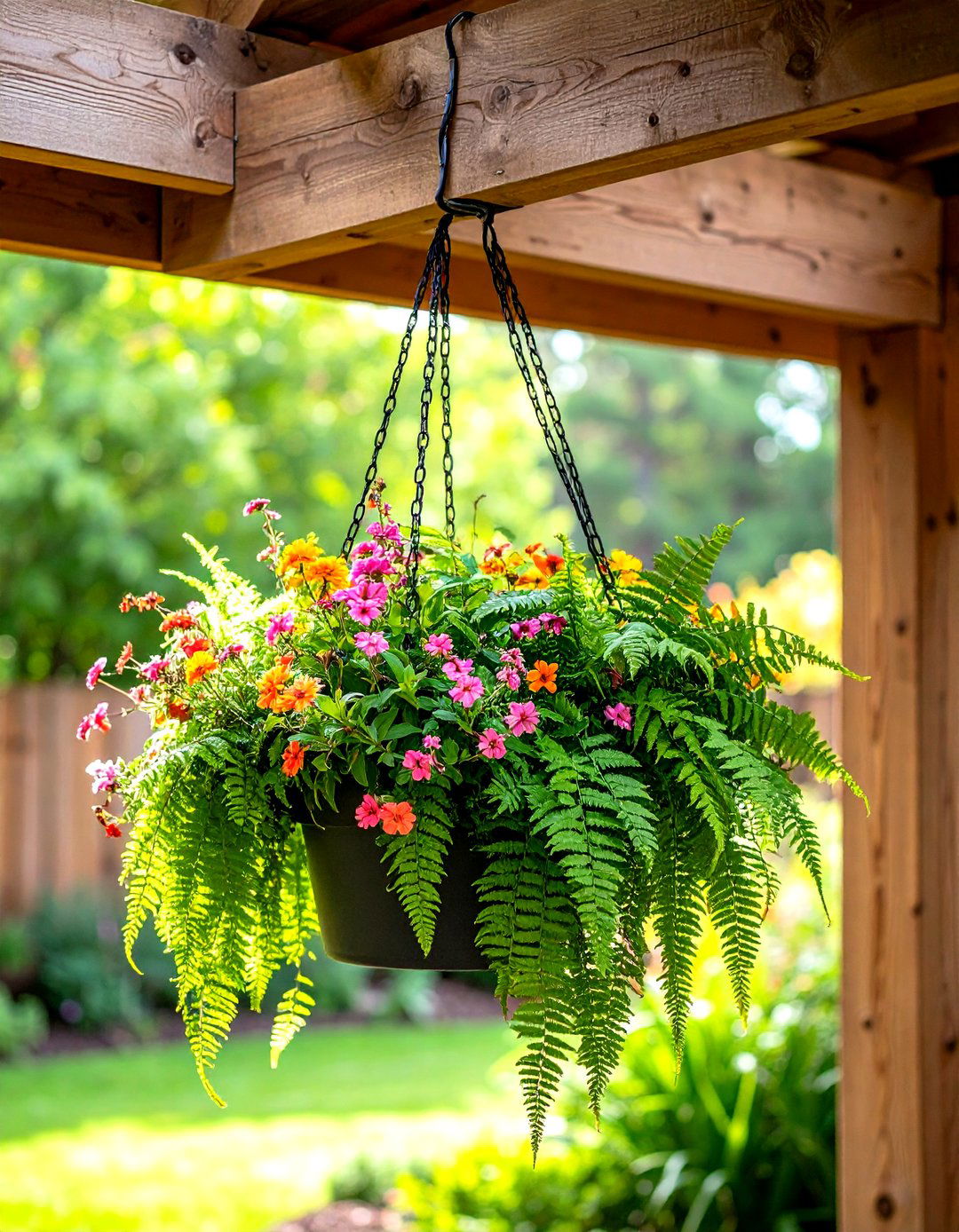
Elevate potted flowers or trailing vines from overhead beams, eaves, or custom hooks. Hanging planters free up floor space while introducing cascading green or colorful blooms. Ideal for herbs, ferns, and petunias, they brighten blank walls and create vertical layers of interest.
17. Succulent Displays
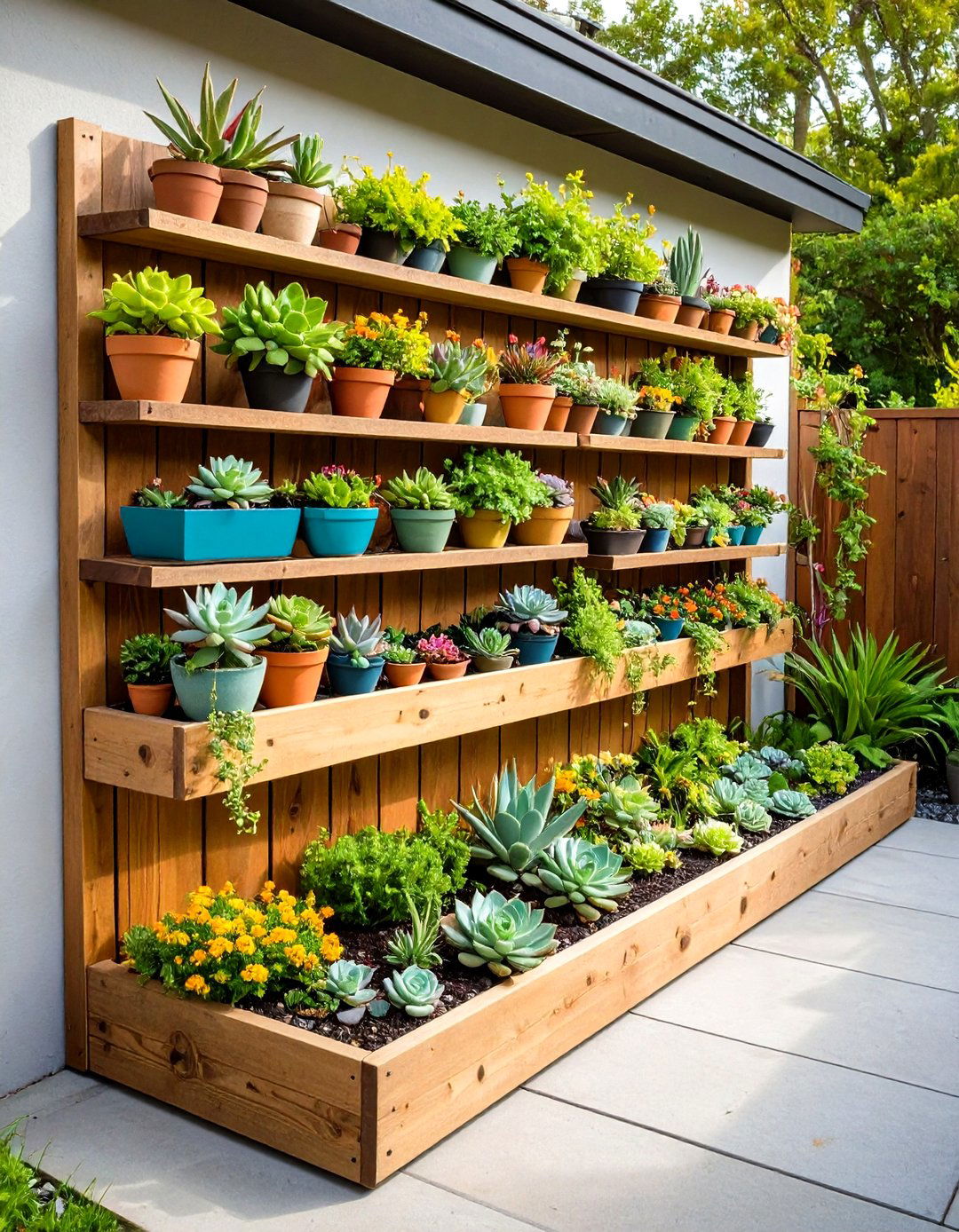
Design compact succulent gardens in shallow containers or wall-mounted trays. Succulents’ varied forms—from rosettes to spikes—offer architectural drama. Group by water needs and rotate to adjust sun exposure. A dedicated succulent corner offers low-water appeal and sculptural intrigue.
18. Small Patio or Deck
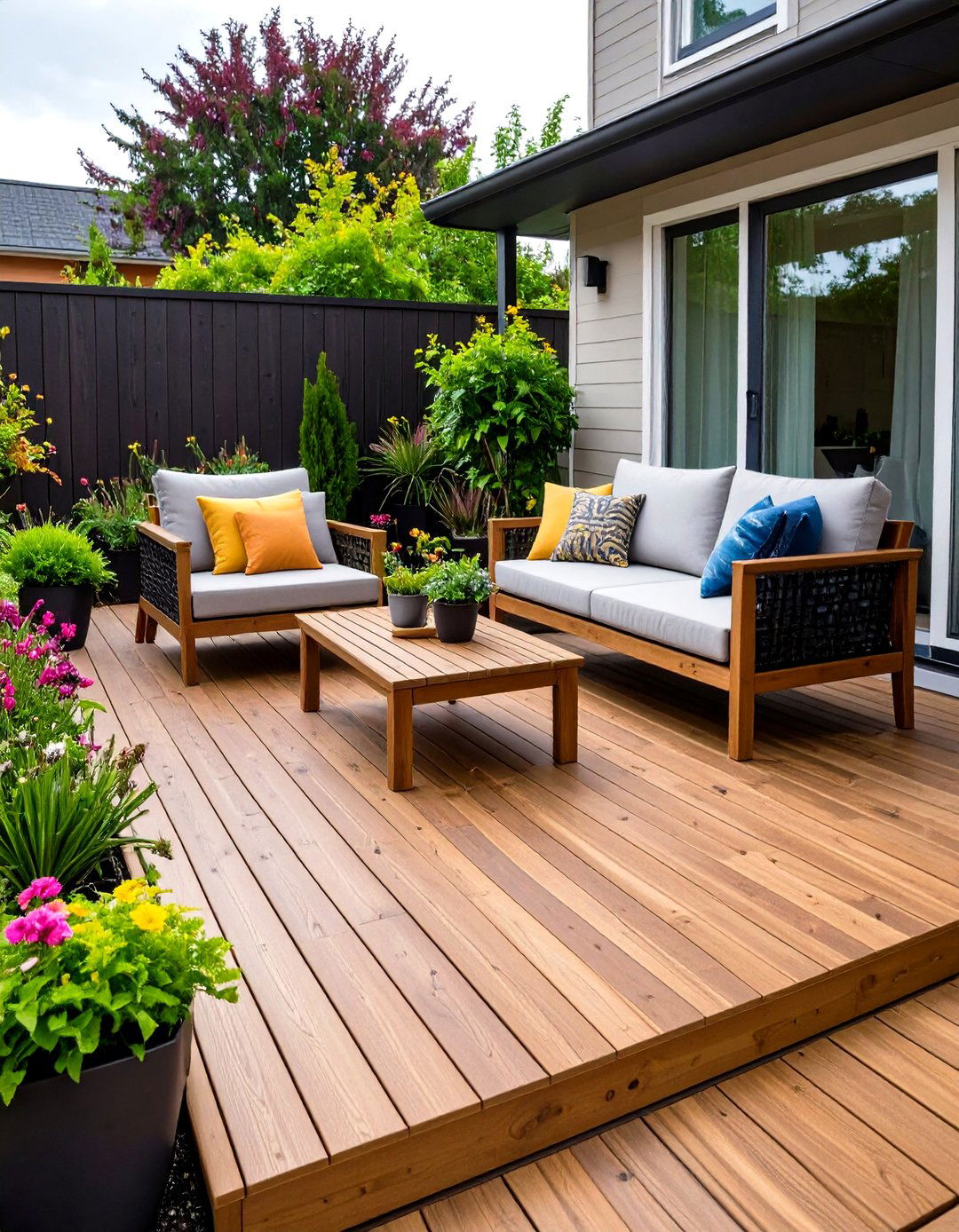
Build a petite wooden deck or stamped concrete patio as a foundation for seating and planters. Even a 6×8-foot platform elevates furniture off damp grass and delineates the entertainment zone. Stain or paint decking to match home exteriors, ensuring harmony between indoors and out.
19. Outdoor Kitchens
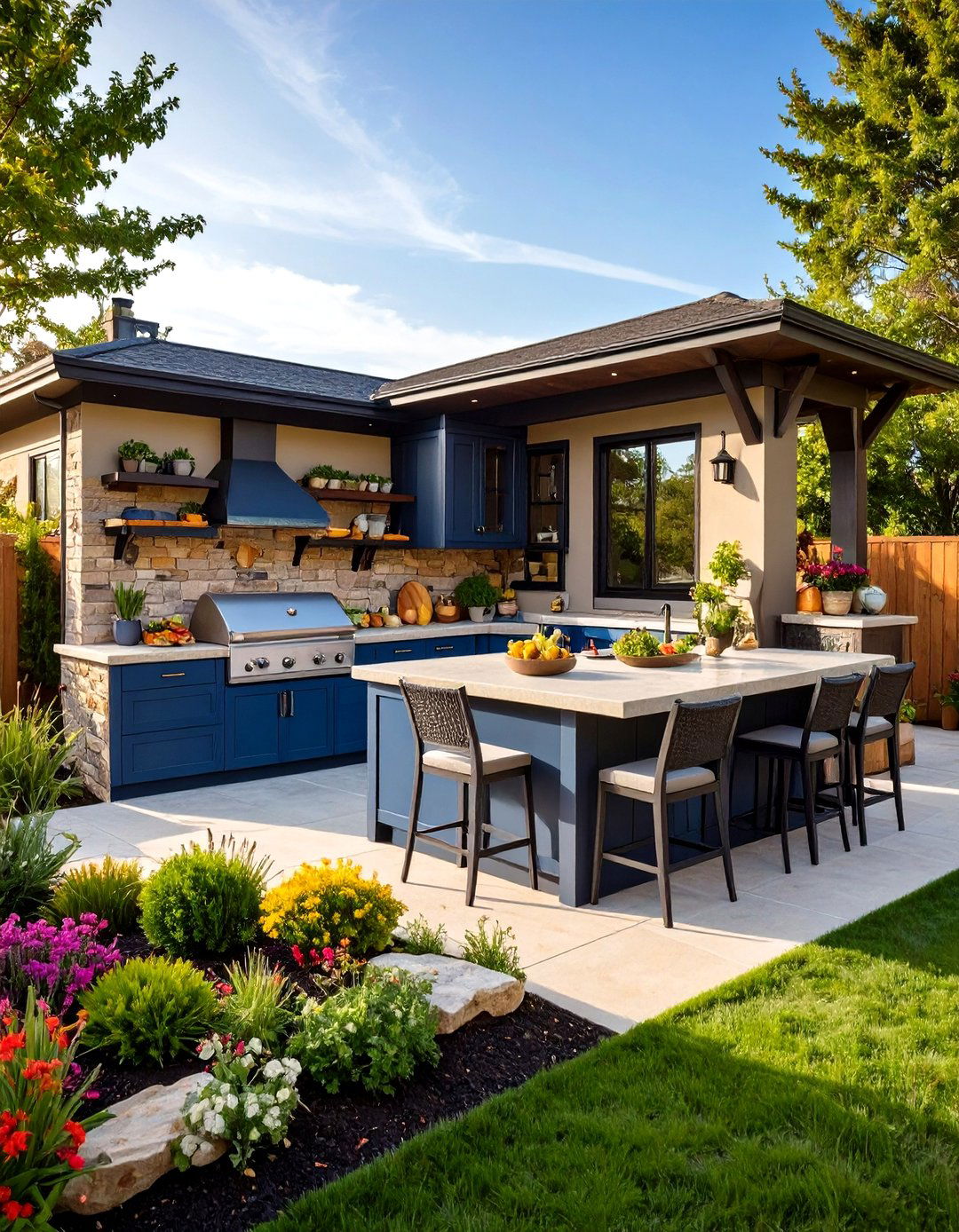
Install a compact grill station with built-in shelving and prep space. Add a mini–bar cart or rolling island for flexibility. Integrate durable materials—stainless steel, stone countertops—to withstand elements. A streamlined outdoor kitchen elevates small gatherings without monopolizing yard area.
20. Fairy Gardens
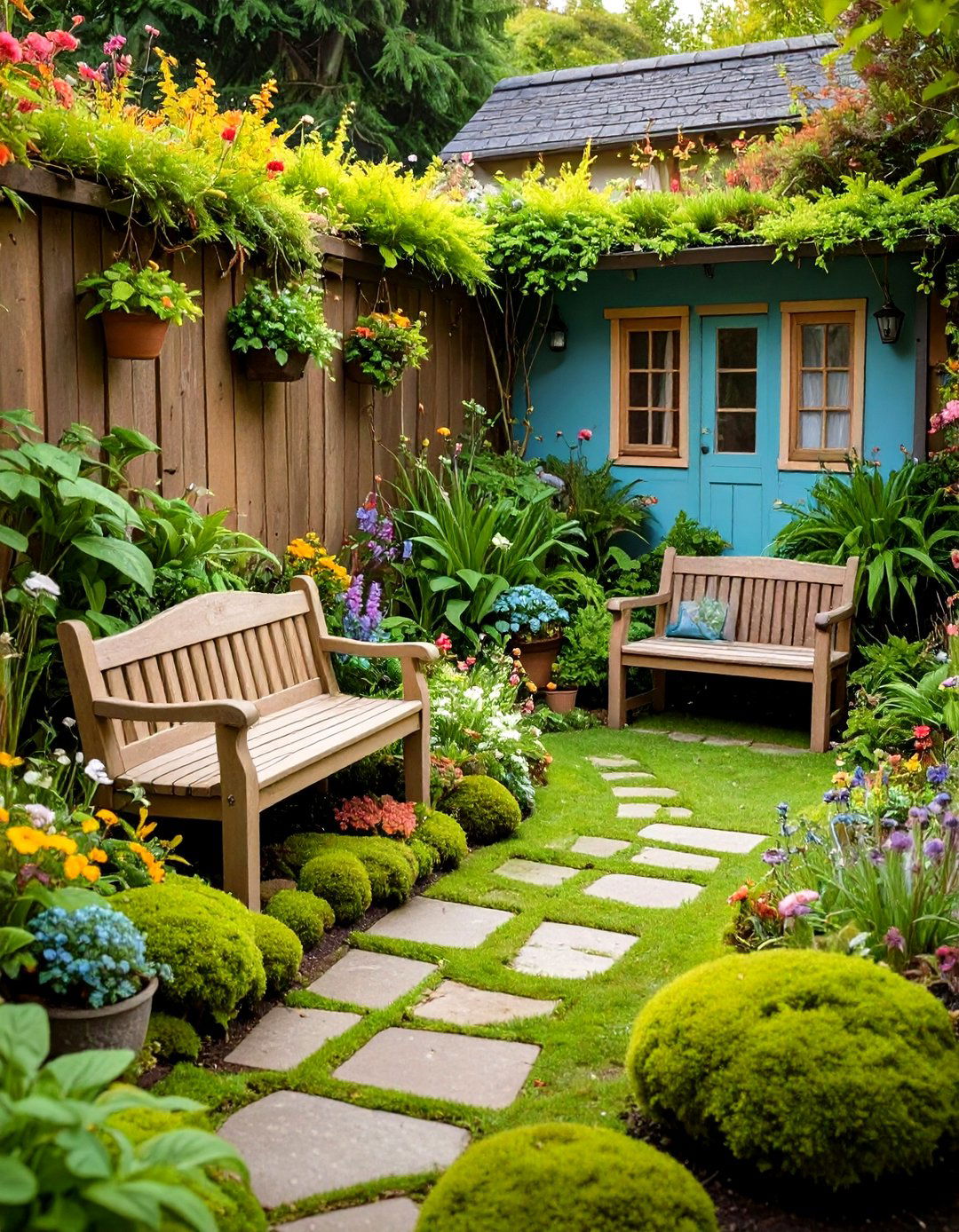
Create enchanting micro-landscapes in shallow containers or nook corners using diminutive plants, miniature structures, and mossy accents. Fairy gardens invite whimsy and personalization—add tiny benches, lanterns, or figurines. Perfect for children’s play areas or cottage-style retreats, these small vignettes captivate without sacrificing functionality.
Conclusion:
By blending vertical solutions, multifunctional hardscapes, and thoughtful plant selections, even the smallest backyard can become a vibrant, usable extension of your home. Whether you aim for low-maintenance drought tolerance or lush edible corners, these 20 ideas offer a roadmap to transforming tight outdoor spaces into personalized, inviting sanctuaries.



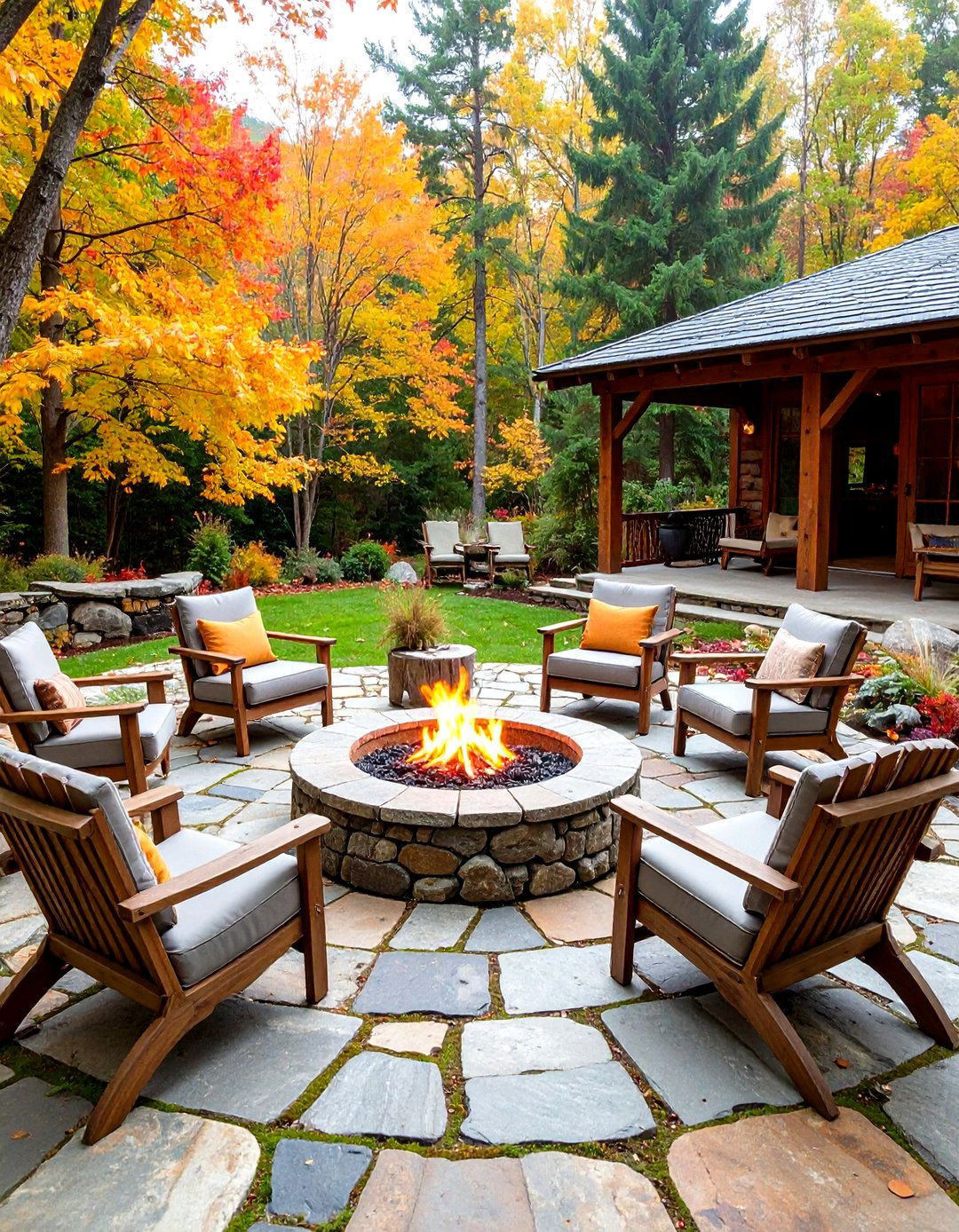
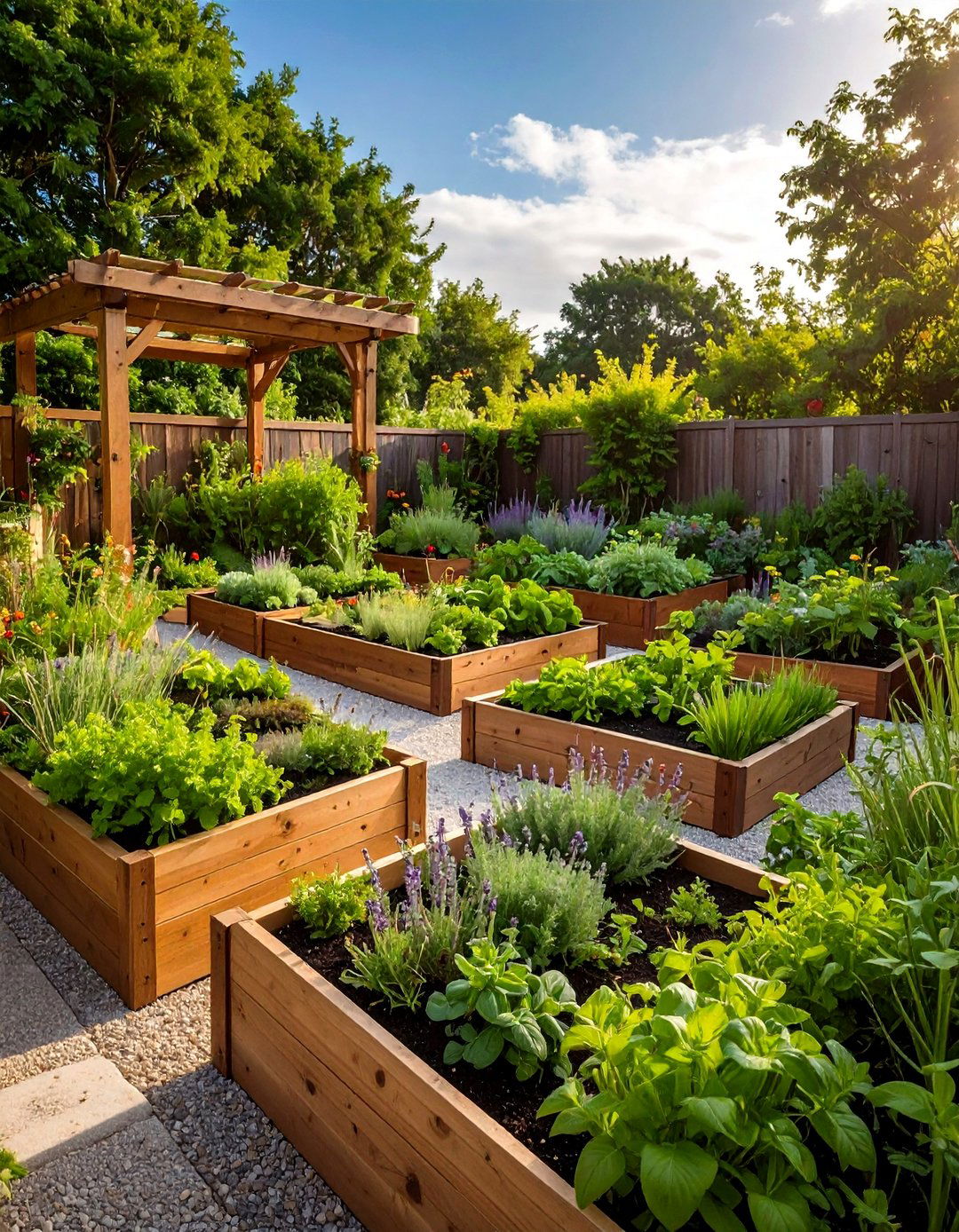

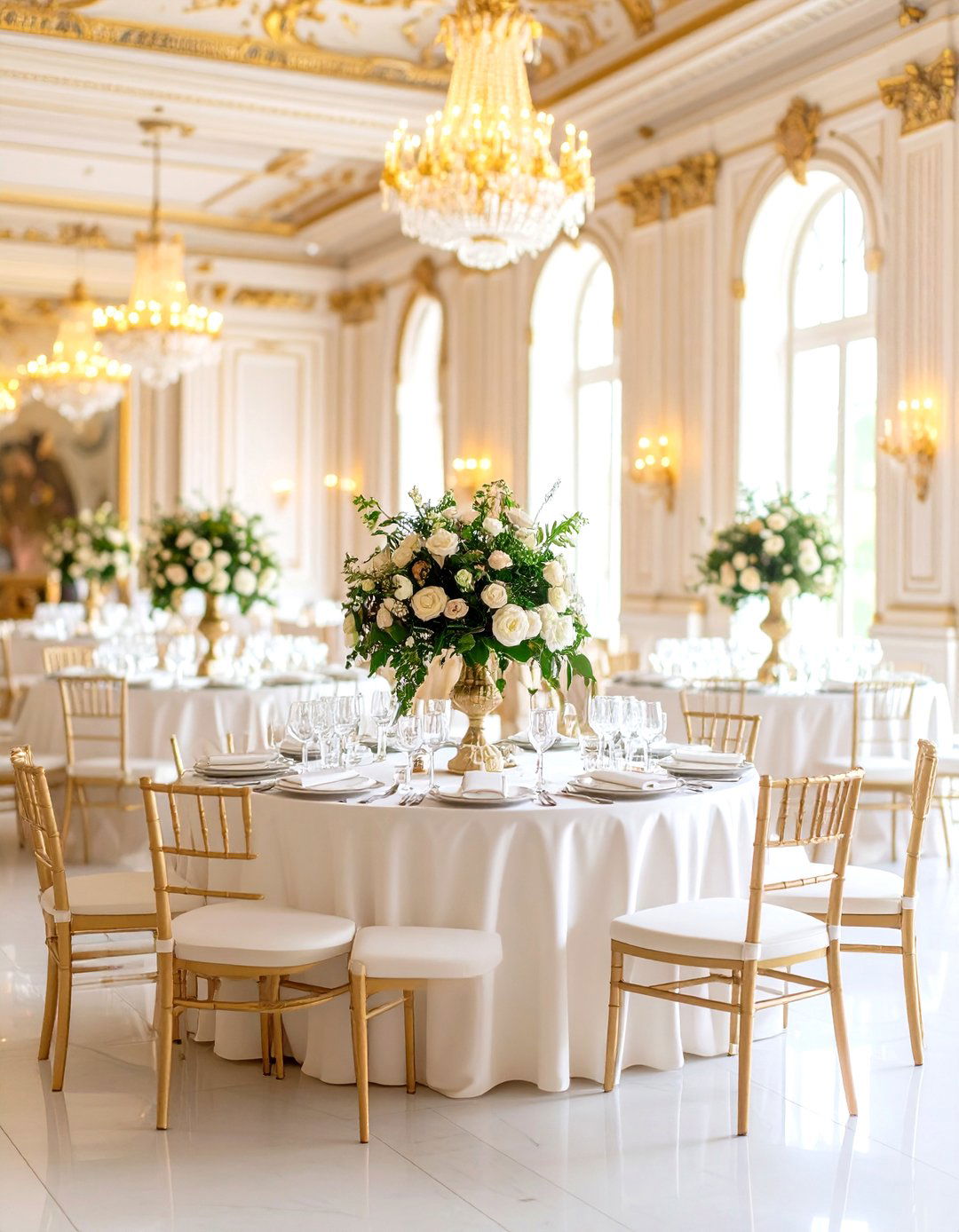
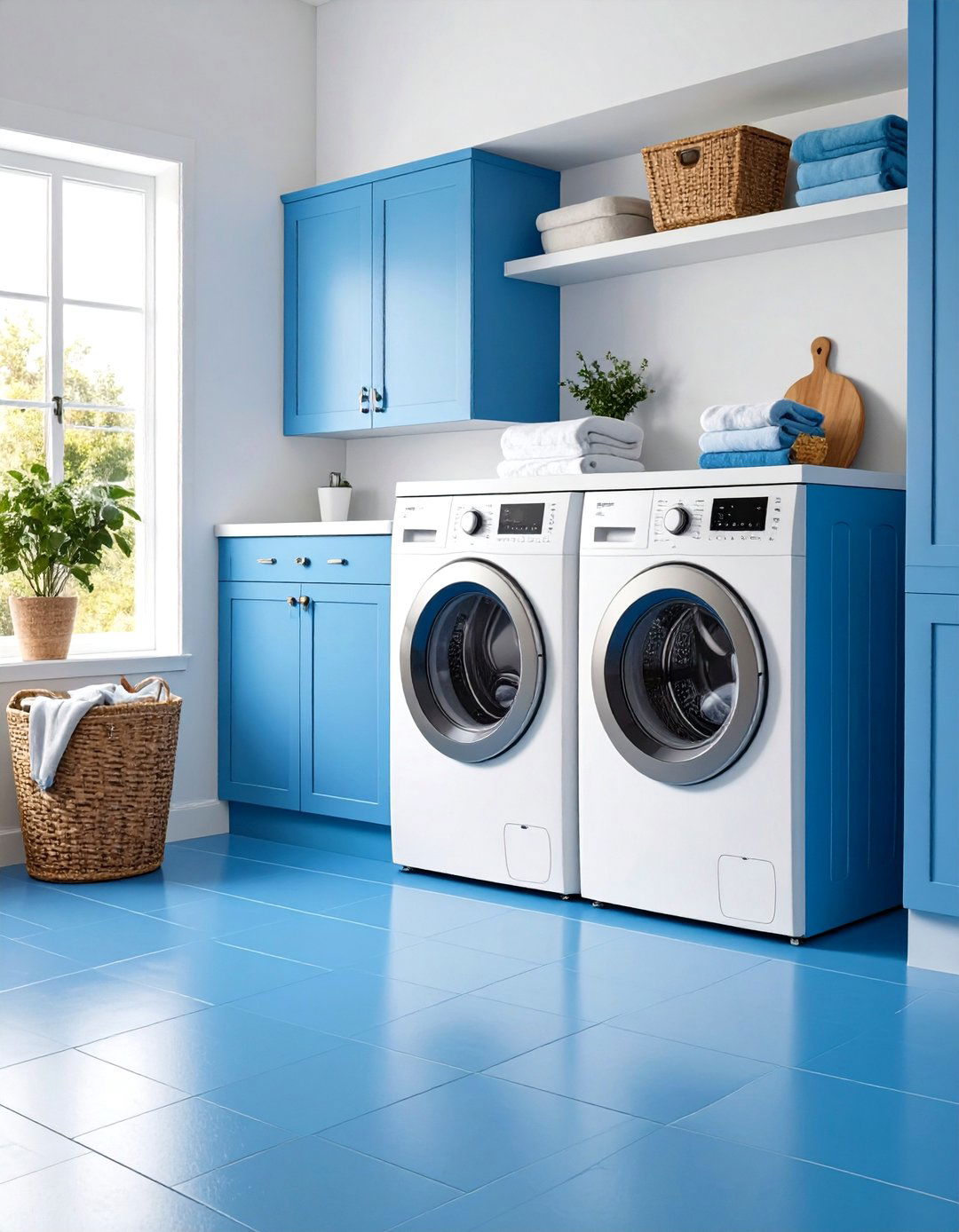
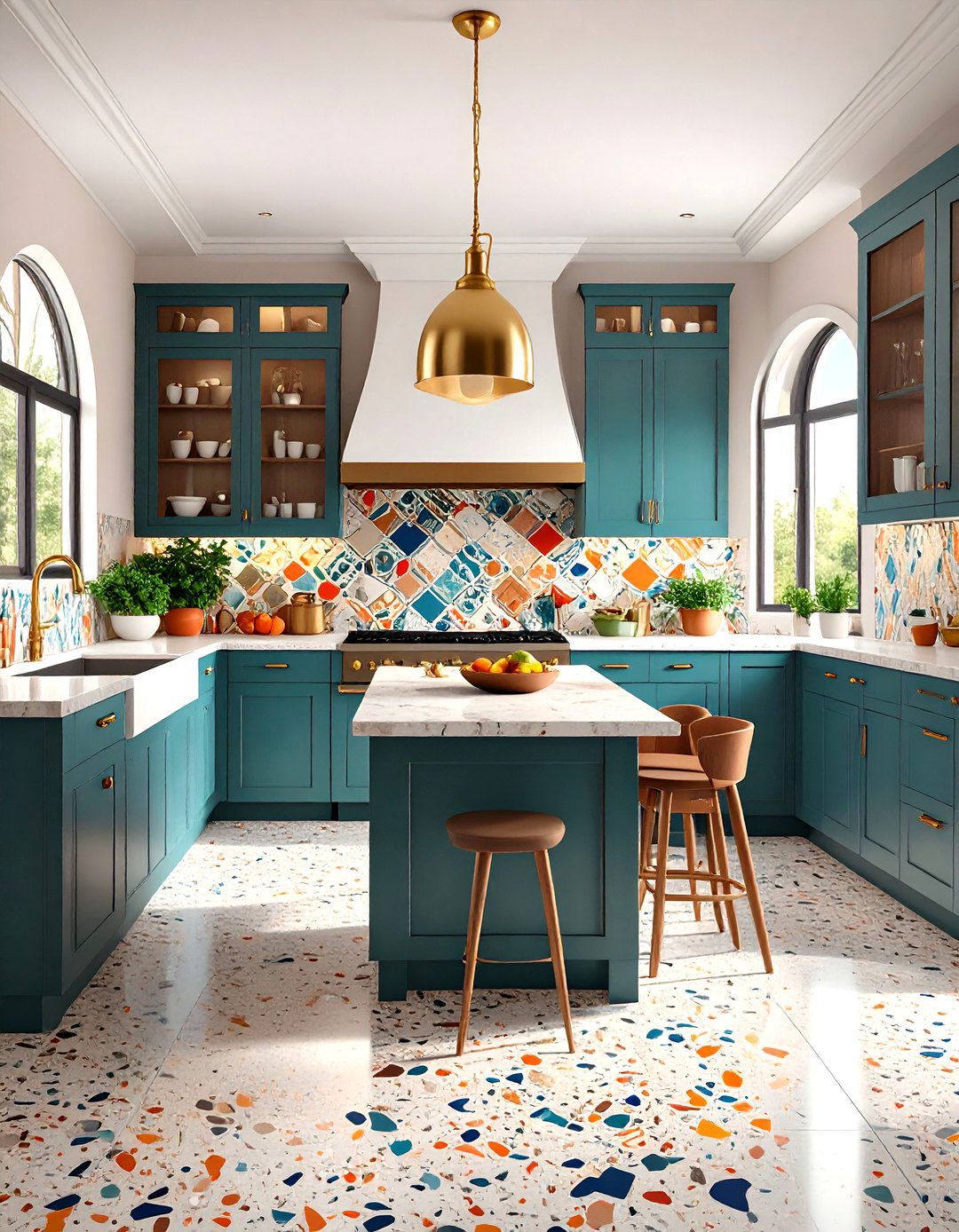

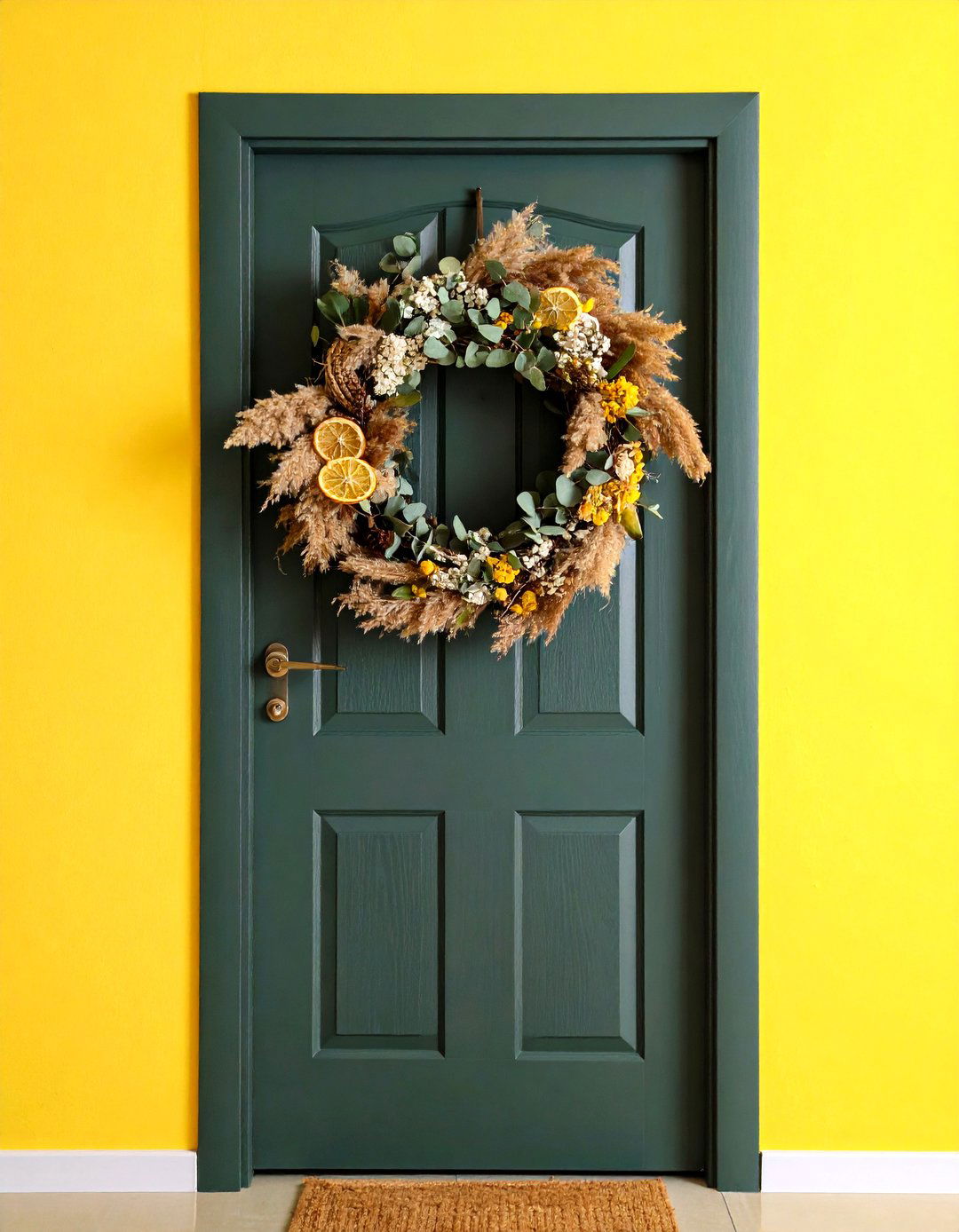
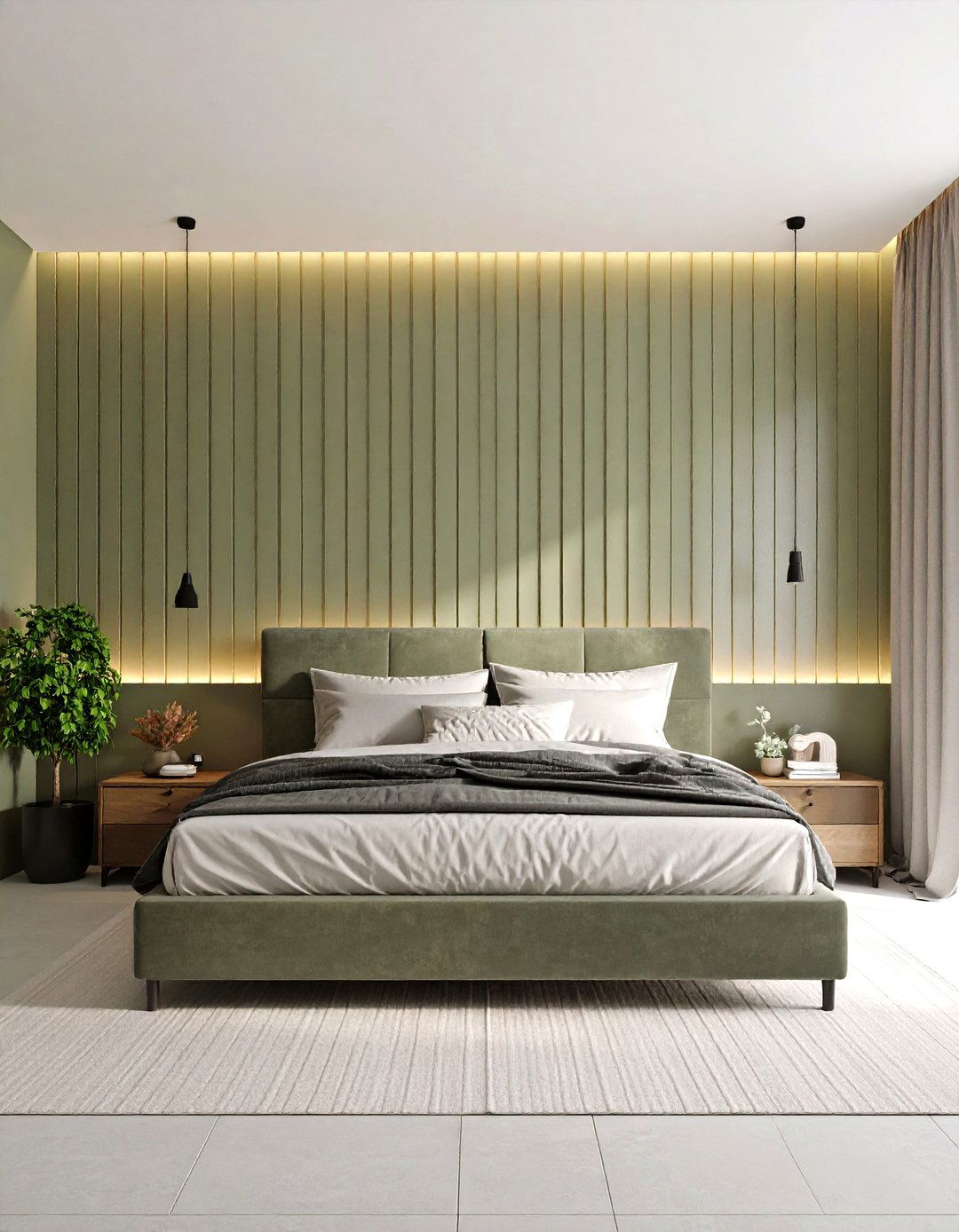
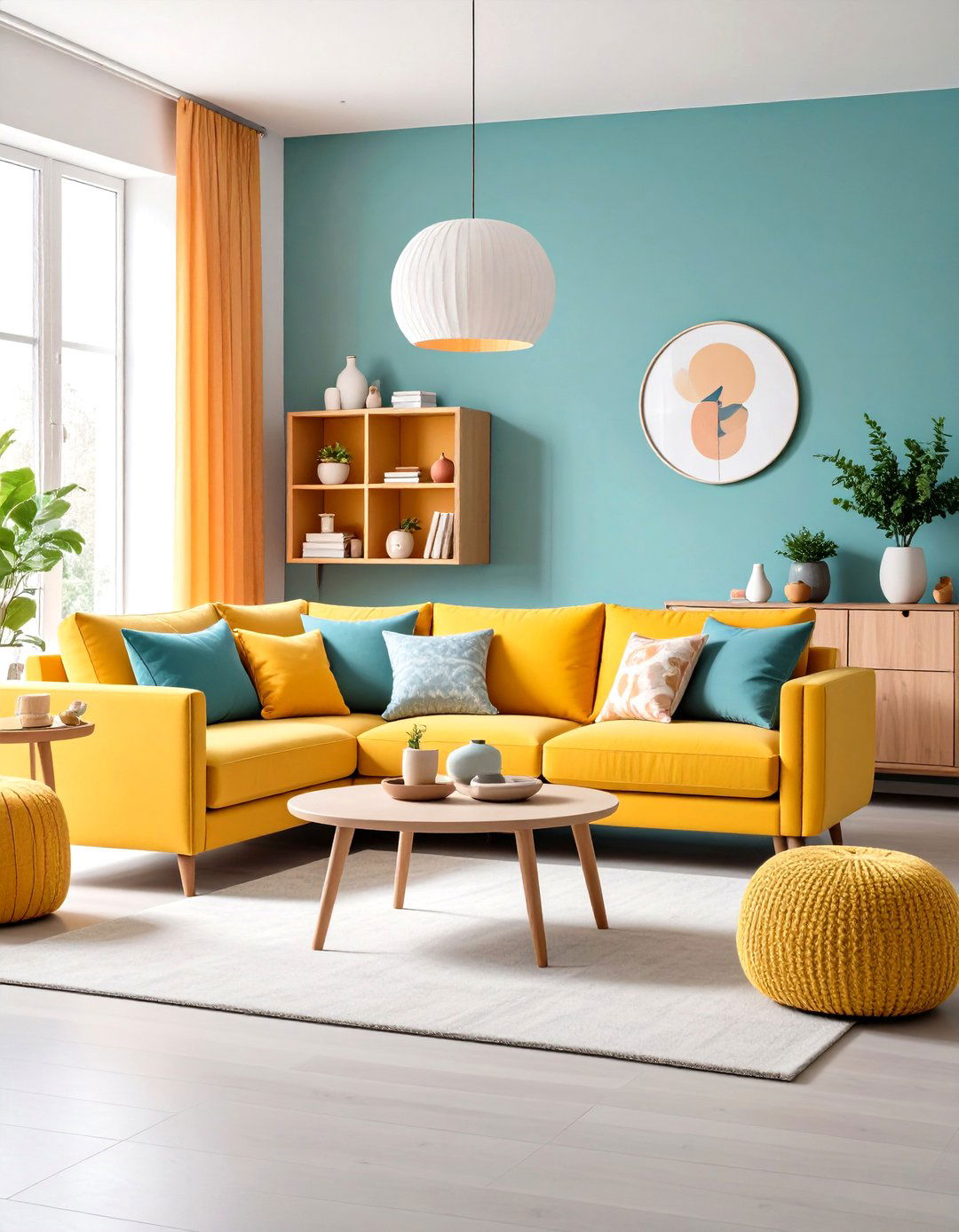

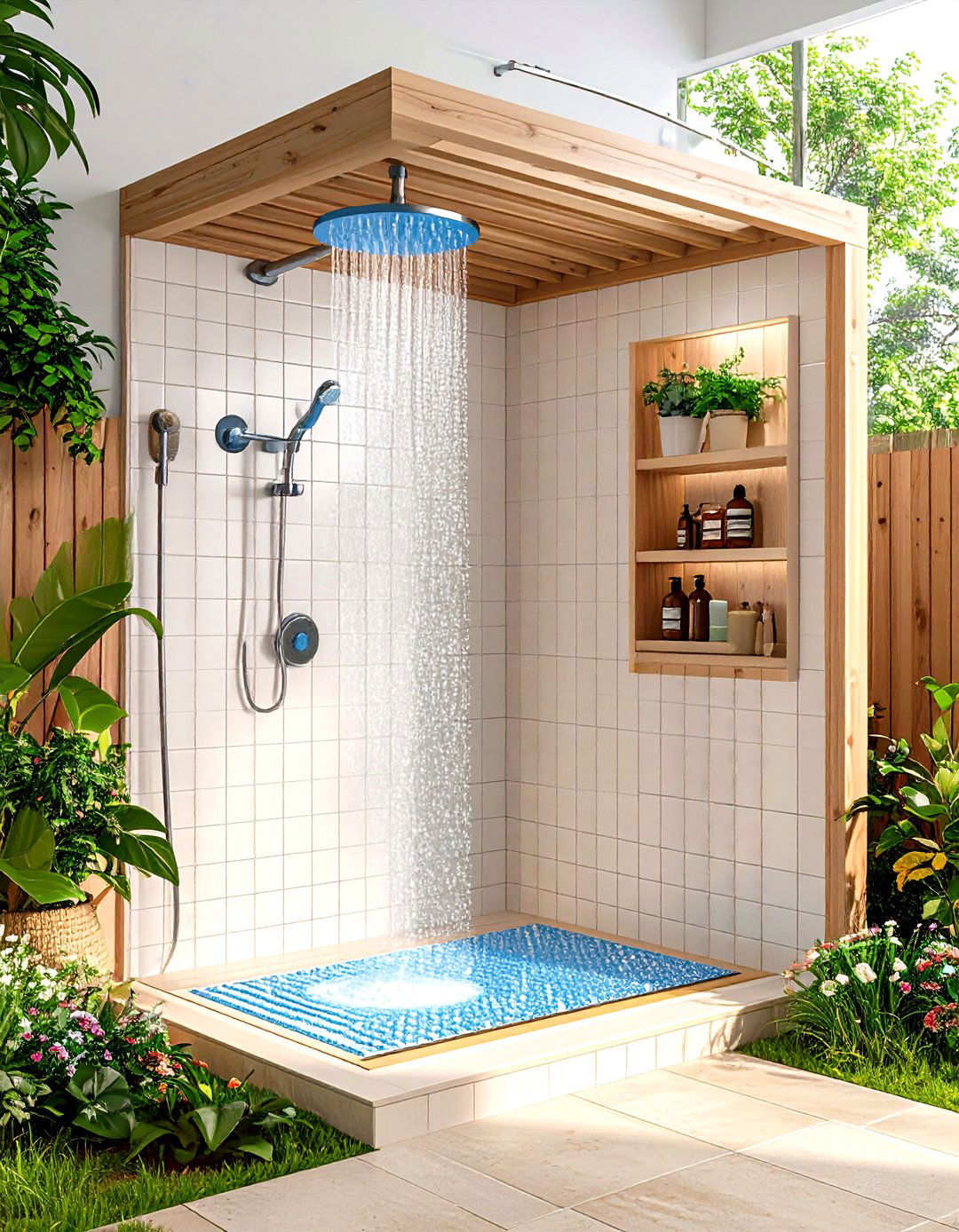
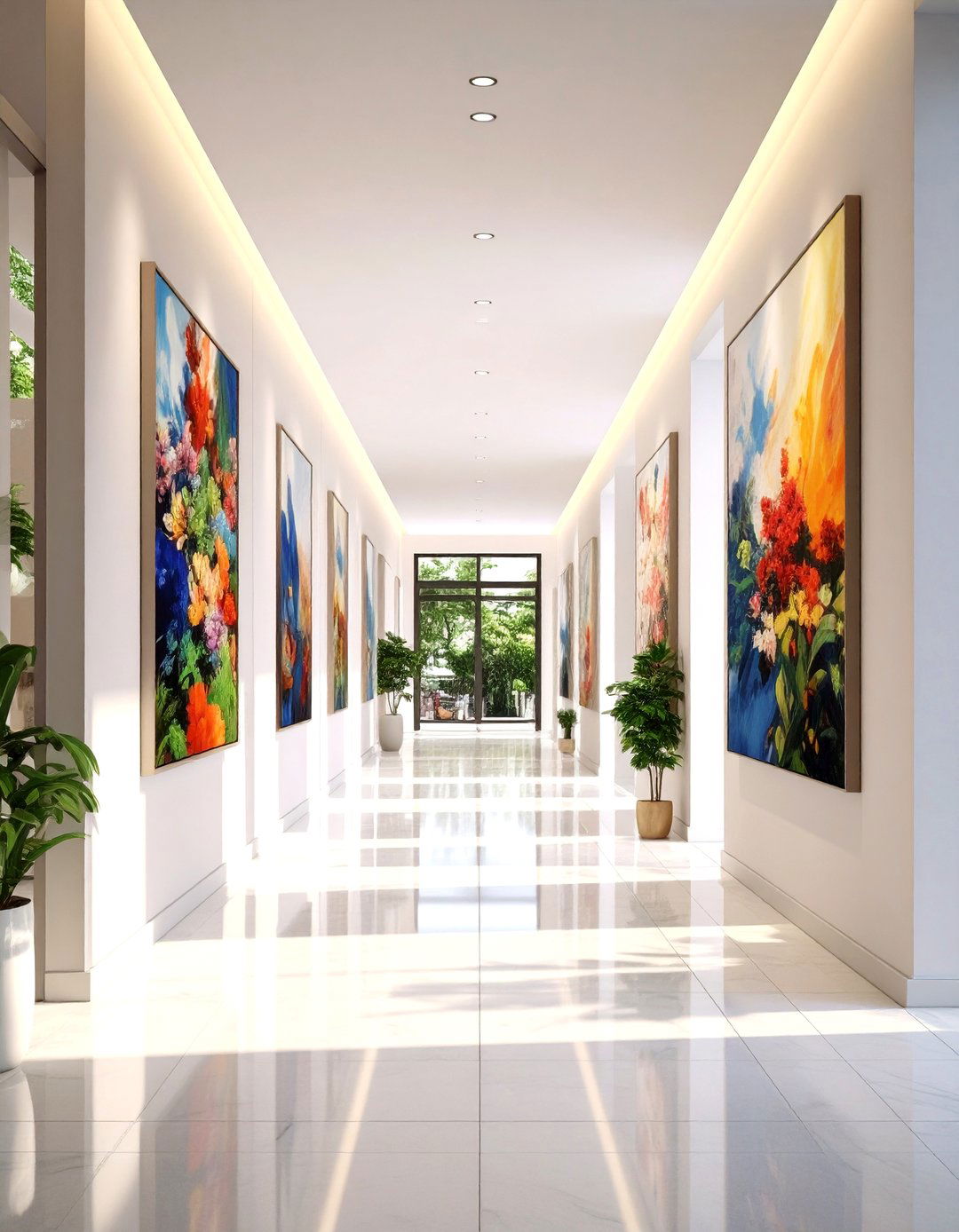
Leave a Reply